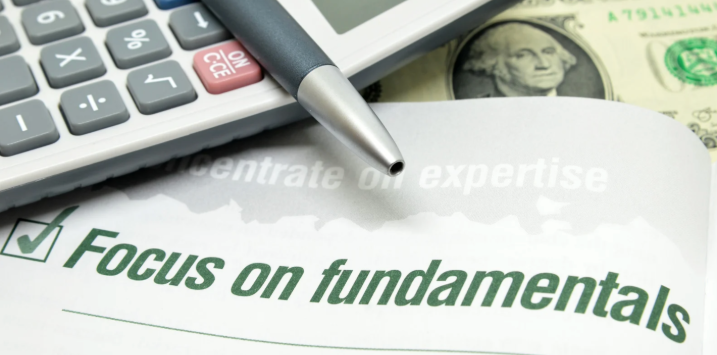
A return to fundamentals
In the second week of April, the S&P 500 recorded a historic day, on Tuesday the key Wall Street index’s intraday swing marked the first time since at least 1978 the benchmark hit an intraday high up more than 4 per cent – only to close down more than 1 per cent. And the Nasdaq blew its biggest intraday gain since at least 1982.
We are still early in this whole tariff saga, and its fallout will take time to unfold. A U.S. recession looms as a growing possibility. However, unlike the past 15 years where Covid (a fleeting shock) and the Global Financial Crisis (GFC) were met with rapid and massive policy intervention, companies today may be unprepared for a systemic shift in the global playing field.
During the GFC, today’s tech giants — those which have led the market higher — were much smaller entities penetrating new markets with long runways of rapid growth ahead. With their growth rates slowing, it’s no wonder investors have recalibrated their willingness to pay steep price-earnings multiples even for the best and most liquid names.
The aggregate price-to-earnings (P/E) ratio for the Magnificent Seven has compressed by a third, from nearly 32 times earnings last year to just 22 times earnings. Meanwhile, no one other than Donald Trump knows where all the tariffs, reciprocal or otherwise, will land.
Even those designing the new global system seem to be at odds with what their leader is doing.
During the second week of April, Treasury Secretary Scott Bessent inspired a huge intraday rally in markets when he said the Trump administration was open to negotiating to reduce tariffs. But later the same day, Trade Representative Jamieson Greer said Mr Trump would not provide exemptions to his global tariffs. Stocks slumped.
This article was first published in The Australian on 11 April 2025.
It seems like a distant memory now, but 2025 began with an upbeat outlook, buoyed by deregulation and robust earnings. By February, however, the mood shifted as the U.S. released a significant trade policy document, hinting at a tough stance towards its trading partners.